Shelters are filled with familiar faces that never seem to find a home.
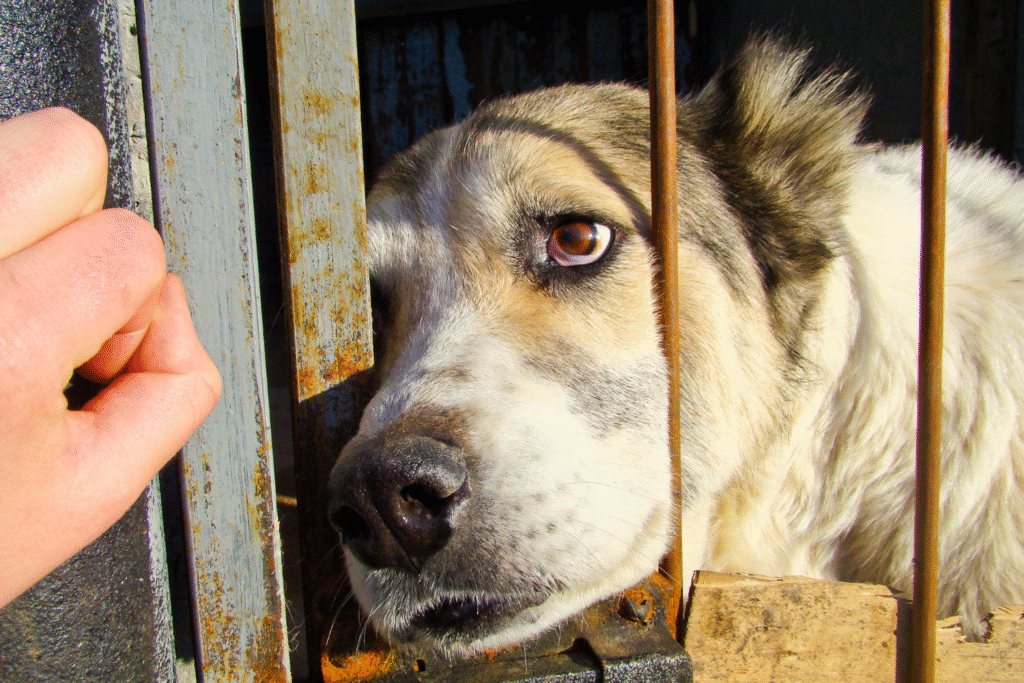
Every shelter has dogs that leave quickly—puppies, trendy breeds, the fluffy ones with big eyes. Then there are the others. They wait, day after day, while people walk right past their kennels. Volunteers know their names by heart because they’ve been there the longest.
The reasons vary. Some are unfair stereotypes, some are quirks that make them harder to place, and others are tied to looks alone. But all of them share the same heartbreaking reality: their chance at a forever home keeps slipping further away.
1. Big black dogs are overlooked again and again.
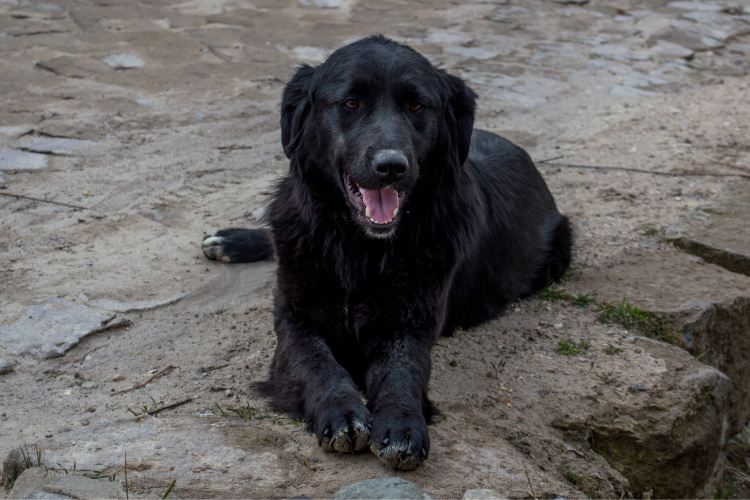
It’s not their fault, but large black dogs are often skipped over in shelters. Some studies point to “black dog syndrome,” where darker coats make them seem intimidating or harder to photograph. According to the ASPCA, this perception bias contributes to longer stays, even when the dogs are gentle giants at heart. A Labrador mix might wait months longer than a golden retriever, just because of color.
Shelter workers notice it all the time. These dogs can be affectionate, loyal, and playful, but their looks create an invisible barrier. Sadly, the stereotype persists in adoption trends. Walk through a crowded shelter, and chances are the kennels holding the biggest, darkest dogs are the ones that still have the same names on their charts as they did last year.
2. Senior dogs are left behind when families pick puppies.
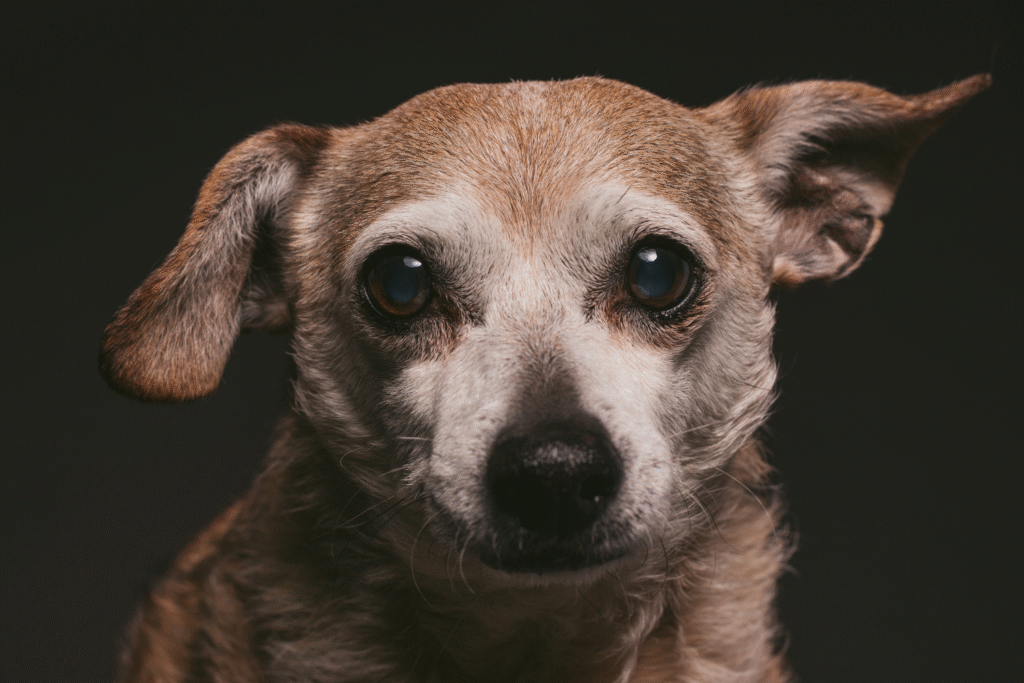
Older dogs often watch puppies get scooped up in minutes while they sit quietly in their kennels. People want young, bouncy companions, but that leaves seniors overlooked. Adoption data shows that dogs over the age of seven are among the hardest to place, as discovered by Petfinder’s annual shelter survey. The result is years of waiting for a chance that often never comes.
The heartbreak is how much these dogs still have to give. Seniors are often calmer, easier to train, and content with a slower pace. Yet the sight of a gray muzzle turns adopters away before they even learn the dog’s story. Meanwhile, the clock ticks, and the quietest ones fade into the background of shelter life.
3. Bully breeds carry a stigma they can’t shake.

Pit bulls, Staffordshire terriers, and similar breeds fill kennels across the country. Their reputation overshadows them, despite the fact that many are affectionate and eager to please. As stated by the Humane Society, breed-specific bans and negative media coverage keep adoption rates for these dogs lower than almost any other type. Even well-trained and gentle individuals face rejection based solely on their label.
This stigma means they can wait years, bouncing between fosters or stuck in long-term shelter runs. Volunteers know their personalities shine once someone spends time with them, but convincing adopters to look past headlines is an uphill battle. Each time a visitor walks by without stopping, the weight of that stereotype grows heavier.
4. Dogs with medical needs rarely get a second glance.

When adopters see a sign that a dog requires daily medication or has a chronic illness, most move on instantly. The thought of vet bills and added responsibility scares people away. It leaves these dogs in limbo, even if their conditions are easily managed with routine care and don’t stop them from living happy lives.
Shelters often try to highlight their resilience, pointing out that many dogs thrive despite their diagnosis. But the stigma of illness is difficult to erase. Potential adopters look for “healthy” pets, while those with special needs wait months or years, watched over mainly by staff who fall in love with them but can’t bring them home.
5. Nervous and shy dogs get lost in the shuffle.

Some dogs bark and wag frantically when adopters walk by, demanding attention. Others retreat to the back of the kennel, eyes lowered, body tense. Those shy, quiet ones are often ignored because people assume they’re unfriendly or untrainable. In reality, many just need time, patience, and a calm environment to blossom.
The sad truth is that their quietness works against them. In busy shelters, the loudest and happiest-looking dogs stand out, while the timid ones fade from sight. Yet volunteers often know that these same dogs become the most loyal companions once trust is built. Unfortunately, adopters rarely stay long enough to see that potential.
6. Large breeds struggle in a world built for small dogs.
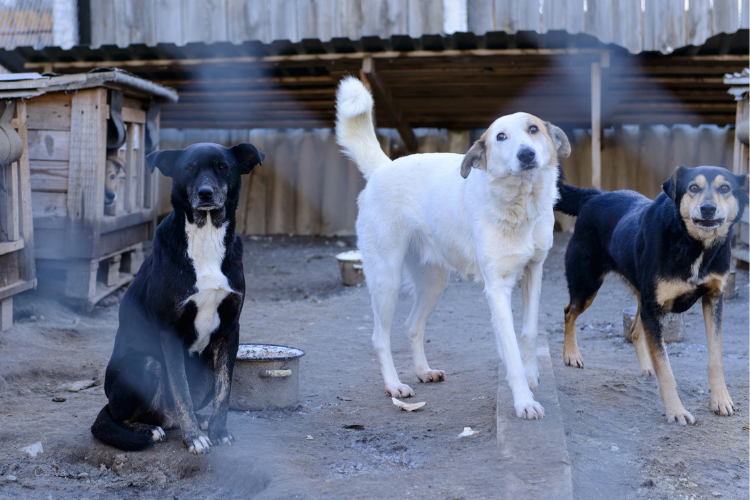
Families often want dogs that fit comfortably in apartments, condos, or cars. Big breeds like mastiffs, Great Danes, and shepherd mixes are passed over simply because of size. People fear high costs of food, space requirements, and exercise needs, even if the individual dog might be calm and low-energy.
Shelters see it constantly—massive dogs sitting for months, despite being gentle and well-behaved. Size alone becomes the dealbreaker. These giants are often the last to leave, if they ever do, and many end up living out their lives under fluorescent lights instead of in a backyard where they’d finally stretch and rest in peace.
7. High-energy dogs wear out their welcome fast.
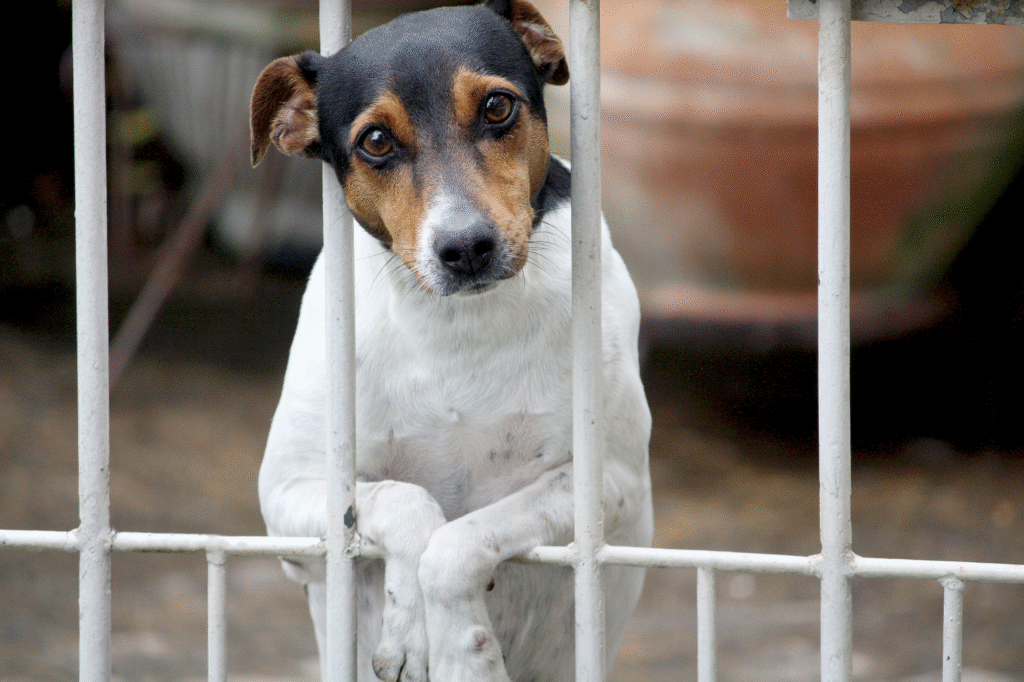
Some dogs are naturally wired to run, play, and bark for hours. Breeds like border collies, heelers, and terrier mixes often overwhelm potential adopters during the first meeting. What’s seen as “too much” energy in a shelter setting is often just frustration from being confined, but it costs them the chance to be chosen.
In the right home, these dogs thrive. They shine when given jobs, long walks, or active families. Sadly, in the shelter system, their pacing, jumping, and barking look like red flags. Without someone to see past the chaos, their energy becomes a lifelong sentence of waiting.
8. Dogs labeled as “bonded pairs” face impossible odds.

When two dogs are inseparable, shelters often list them as a pair that must be adopted together. It’s meant to protect their bond, but it makes adoption infinitely harder. Few families are ready to take on two dogs at once, especially if they’re both large or high-energy.
The heartbreaking result is that bonded pairs often wait far longer than single dogs. They comfort each other through the days of waiting, but it also means fewer doors ever open. Staff watch with heavy hearts, knowing that the very bond keeping them strong is also what keeps them locked in place.
9. Plain-looking dogs are passed over for the “cute” ones.

While flashy coats, floppy ears, or unusual markings catch people’s eyes, many dogs with simple appearances get ignored. A brown mutt with short hair might be sweet and easygoing, but if he doesn’t stand out visually, people move on quickly. Shelters know these “ordinary” dogs are just as loving, but adopters rarely pause long enough to see it.
It’s a shallow reality, but it drives adoption rates. Puppies with unique colors fly out the door, while the brown, black, or gray mixes stay behind. Appearance shouldn’t decide a dog’s future, yet it often does. And for countless dogs, it’s the sole reason they never leave.
10. Dogs with a history of behavior issues scare people away.
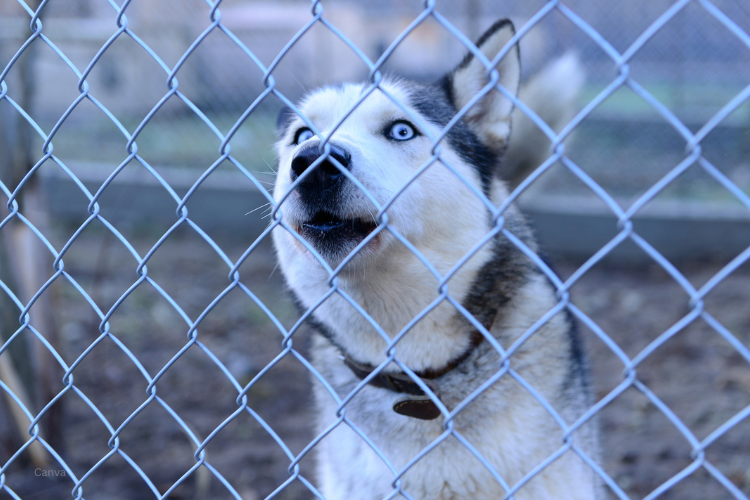
A note on the kennel that says “needs training” or “has resource guarding” is often the kiss of death. Even if the issues are minor or fixable, people envision the worst. The fear of biting, destruction, or aggression makes adopters turn back before they even meet the dog.
What doesn’t show up on those notes is how many shelters work tirelessly to rehabilitate these dogs. Trainers see progress every week, but adopters don’t stick around long enough to notice. Instead, those dogs spend years labeled by their past mistakes, with no second chance to prove how far they’ve come.
11. Rural shelters hold dogs no one from the city ever sees.
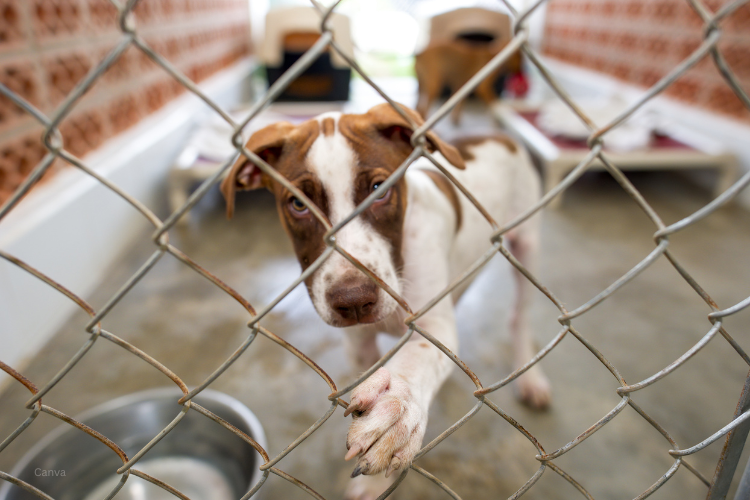
In small, underfunded shelters in rural towns, dogs often linger simply because there aren’t enough adopters walking through the doors. Transport programs help move some to bigger cities, but many are left behind. It isn’t that they’re unadoptable—it’s that no one shows up to adopt them.
These hidden shelters are filled with overlooked faces. Without photos or social media campaigns to boost their chances, they disappear into obscurity. Volunteers do what they can, but for many dogs, their fate is sealed not by who they are, but by where they happened to be born.
12. Dogs that wait too long eventually get forgotten.

The cruelest reality is that long stays create their own cycle. Dogs who wait months or years become invisible to adopters who want “new arrivals.” They blend into the background, becoming part of the furniture in the shelter rather than the hopeful faces they once were.
Once that happens, their odds drop even lower. Staff continue to care for them, but the dog’s spark dims with every passing day. For the dogs who’ve been overlooked too long, adoption becomes less a possibility and more a fading dream.
